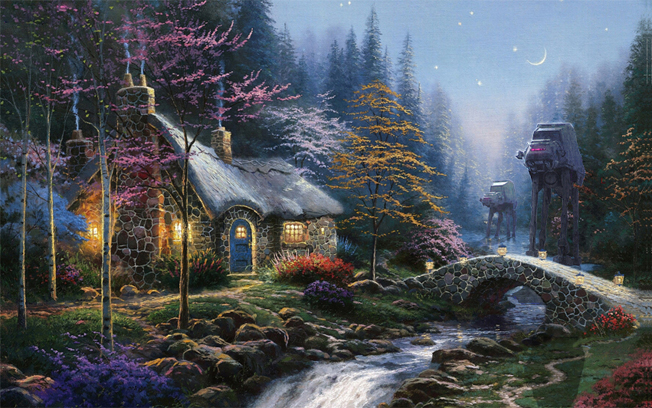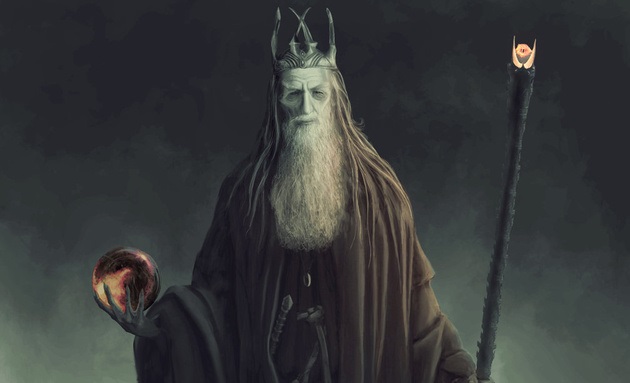
Still the Blue and Orange.

Haunting the Web Since 1999


Thus far, Levitt’s only signed on as a producer, though he’s not a terrible choice for the title role. Benedict Cumberbatch is getting close to over-exposed these days, but his aloof otherworldliness is a pretty perfect match for Morpheus.
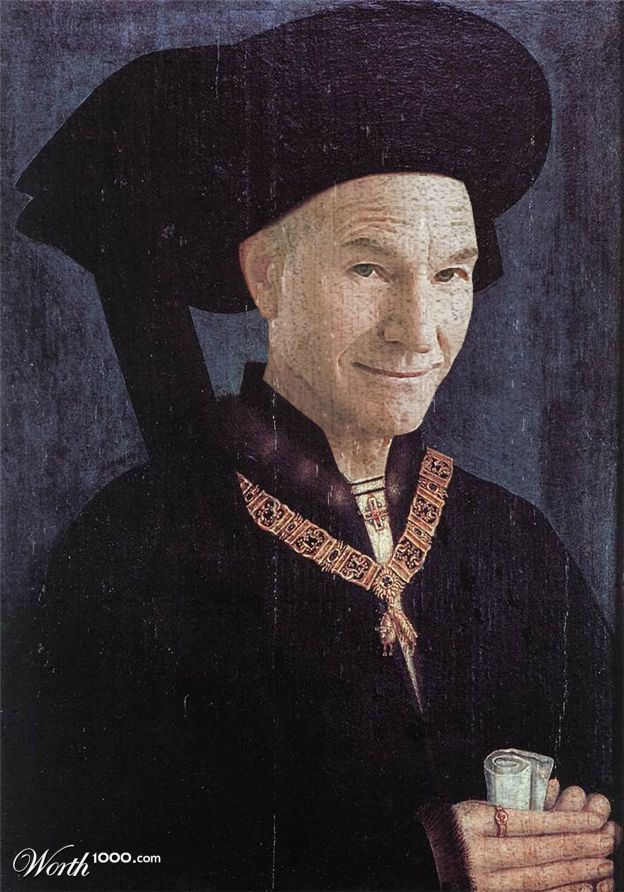



Ably channeling the spirit of Mencken, Gawker’s Tom Scocca writes in defense of Snark, and skewers the evil that produced it, Smarm. “We have popular names now for the rhetorical tools these flacks are deploying: the straw-man attack, the fake umbrage, the concern-trolling. Why are those tools so familiar? It is because they are essential parts of the smarmer’s tool kit, the grease gun and the rag and the spatula.” If you judge a man by his enemies, Scocca picks a lot of the right ones here.
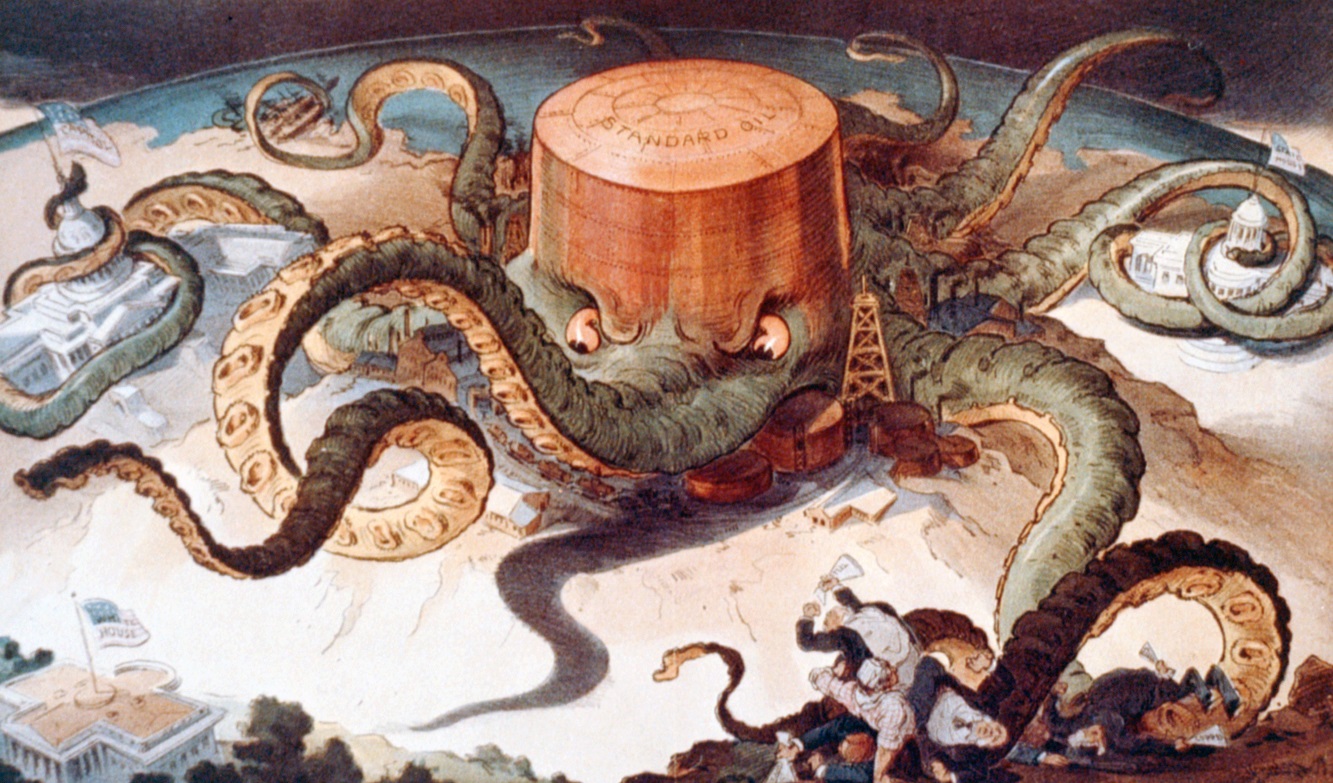
Er, yeah, not sure what they were thinking there. In any event, in honor of this dubious messaging, Popular Science offers eight historical examples of octopi taking over the world. Above is Standard Oil, smothering both ends of Congress with its undulating, oleaginous reach.
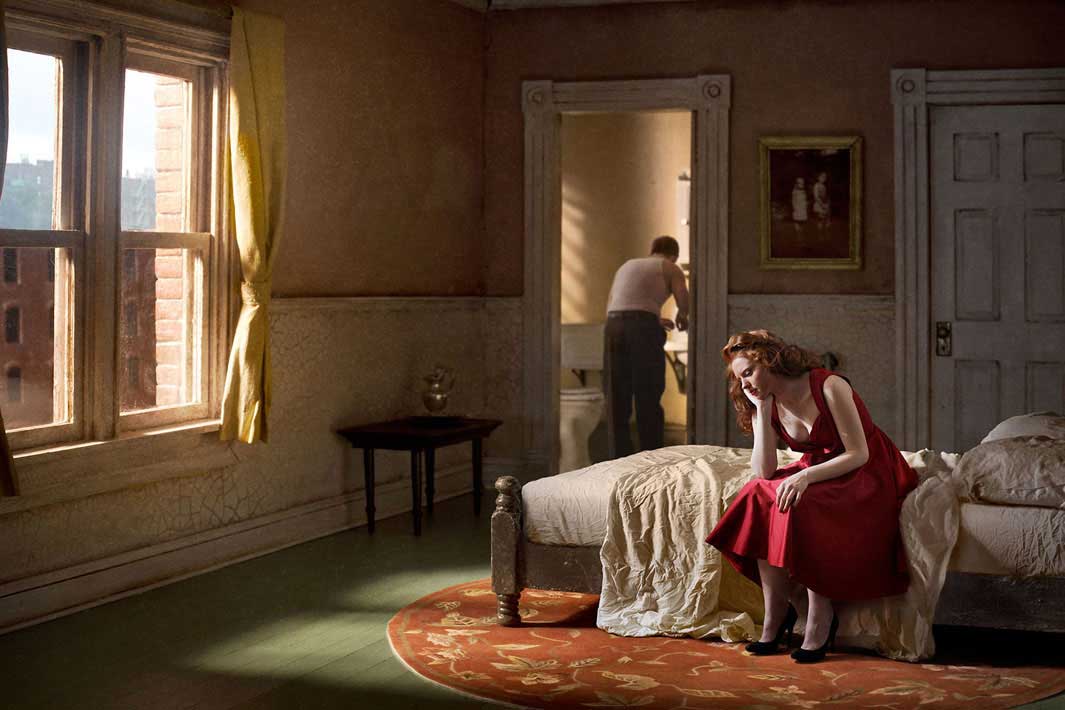
Also by way of The Late Adopter: With Edward Hopper as his (original) inspiration, photographer Richard Tuschman conjures up evocative Hopper-style photos using dioramas and Photoshop. “I have always loved the way Hopper’s paintings, with an economy of means, are able to address the mysteries and complexities of the human condition,’ Tuschman wrote in his statement about the work.”
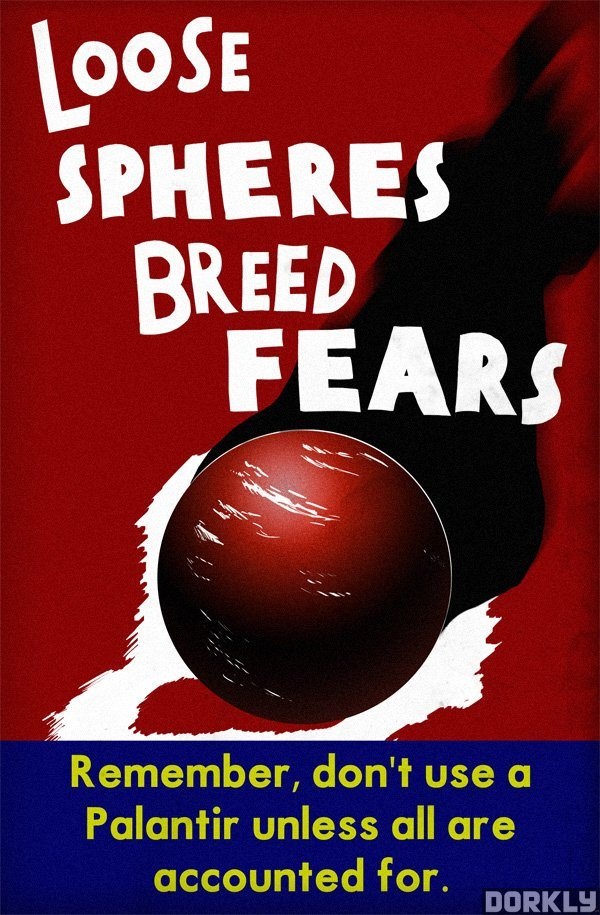

In Slate, Ben Blatt uses pattern mapping to pre-determine Waldo’s whereabouts. But don’t think all the conundrums are solved just yet. “[This] leaves a more intriguing question left unanswered: Why is Waldo there? Why, Waldo? Why are you so likely to hide in these two narrow bands? Why are you rarely at the edges of the page? Why are you rarely in the middle of the page? Why, Waldo?”
